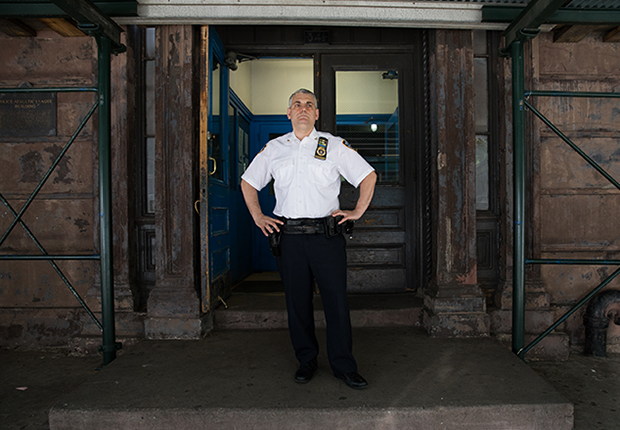AARP Hearing Center

By Andrea Atkins
Muriel Norman thought it would never happen to her. But when a caller claiming to be from the Social Security Administration told her that her monthly checks would stop unless she provided key personal information, she complied.
“I know Social Security doesn’t call people,” said Norman, 91, of Manhattan. “I said that to the man on the phone. But he said, ‘We mailed you something and you didn’t respond, so we’re following up with a phone call.’
“He was so professional. He was very patient. I almost thanked him in the end.”
Norman gave this scammer her Social Security, bank account and credit card numbers, and her mother’s maiden name.
When her daughter heard about the call, she knew her mother had fallen for an impostor scam—one of the top frauds in New York state, according to an annual report by the Federal Trade Commission.
They frantically notified bank, credit card and Social Security officials of the event, and their quick response saved Norman from financial loss.
“I was dumb to fall for it,” Norman said. “I feel like a fool. It was awful.”
More than 132,000 people were victims of fraud or identity theft in New York last year, according to the FTC report.
There are about 10 victims a week in the city, and “the average take from these kind of crimes is in excess of $3,000,” said Inspector Thomas Conforti, head of the New York Police Department Crime Prevention Division.
“This kind of fraud is going on all around New York and across the country,” said Laura Ehrich, associate state director for community outreach at AARP New York.
She leads the state organization’s Fraud Watch Network, part of a national program that aims to warn people about recent scams through videos, presentations, and email newsletters and alerts, at fraudwatchnetwork.org.
The network has a toll-free helpline at 877-908-3360.
Older people “may be disproportionately targeted because con artists know that they have either a Social Security check or a pension,” Ehrich said. “Losing it to a con artist or identity thief is devastating—there’s no way to earn it back.”
The NYPD is partnering with AARP in the antifraud effort. Ehrich and Conforti appear in a video on how to avoid scams at facebook.com/AARPNY.
Here are two scams to look out for this summer.
BY PHONE: A caller says a relative is in trouble, then directs you to buy a gift card and provide the serial number so your relative can be bailed out. “The minute that serial number is given to a caller, that money is gone,” Conforti said. One Brooklyn resident lost $36,000 through this scam. Avoid it by hanging up and checking with your relatives.
BY MAILBOX: Using shoelaces, glue and plastic beverage bottles, thieves “fish” in street mailboxes, pulling out envelopes in search of checks mailed to pay bills. They use a chemical that can wash away the ink on a check, then write in a new name.
Avoid this scam by using the post office, or drop payments in a mailbox close to pickup time.
Volunteers are needed for the Fraud Watch Network, which also offers presentations to groups. Contact Ehrich at lehrich@aarp.org or call 866-227-7442 toll-free.
“This is a big and growing problem,” Ehrich said. “AARP is looking for new volunteers who are interested in doing presentations to their peers and the public.”
Andrea Atkins is a writer living in Rye, N.Y.































































